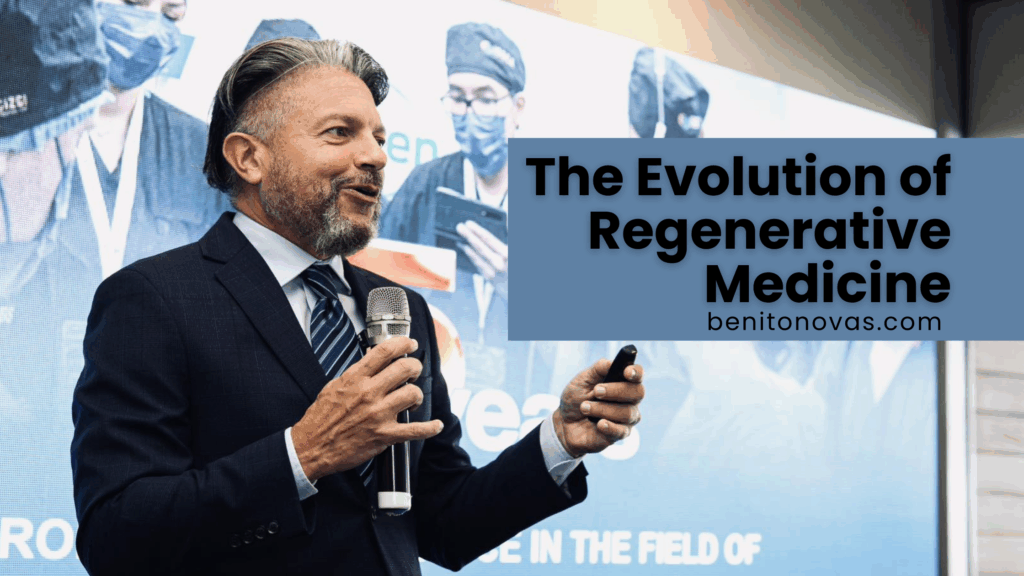Regenerative medicine breakthroughs are reshaping healthcare. Once seen as experimental, these therapies are now entering clinical practice. The question has shifted from “Do they belong in medicine?” to “How do we use them best?”

From Research to Clinical Care
The shift from lab research to standard care requires structure. Doctors must track patient outcomes and follow consistent treatment protocols. Over time, this evidence builds trust and helps regenerative therapies gain wider acceptance.
Building Evidence Through Practice
Training programs show that outcomes improve when doctors follow standardized approaches. Protocols ensure safety, consistency, and credibility. They also provide reassurance for both patients and providers.
External resource: Mayo Clinic: Regenerative Medicine Research.
Key Factors Behind Successful Regenerative Medicine Breakthroughs
Physician Training
Comprehensive training is essential. The International Society for Stem Cell Application (ISSCA) provides structured education and hands-on practice. This foundation supports quality and builds physician confidence.
Standardization and Quality
In the early days, treatment methods varied greatly. Today, standardized protocols guide physicians. These include patient assessments, cell processing, and follow-up care. Consistency leads to more predictable outcomes.
Integration with Healthcare Systems
Regenerative medicine breakthroughs are most effective when integrated into existing healthcare structures. Collaboration between specialists, primary care doctors, and administrators ensures smoother adoption.
Global Lessons from Regenerative Medicine Breakthroughs
Adoption varies across regions. Some countries adopt quickly due to supportive regulations. Others take a slower approach, focusing on education and evidence.
Worldwide, hospitals are investing in labs, training centers, and clinical protocols. This shows long-term commitment to regenerative healthcare.
Overcoming Challenges in Adoption
Healthcare leaders often raise valid concerns about introducing new therapies. Common solutions include:
- Training partnerships to prepare doctors.
- Quality systems to monitor safety.
- Clear regulatory frameworks to avoid compliance issues.
- Step-by-step rollouts to refine practice before scaling.
Business Value of Regenerative Medicine Breakthroughs
For hospitals and clinics, regenerative medicine is both a clinical advancement and a business strategy. Those who adopt report stronger patient satisfaction and competitive advantage. The key is integration with comprehensive patient care.
Internal link: Explore Global Stem Cells Group initiatives.
The Future of Regenerative Medicine Breakthroughs
The field continues to evolve. New therapies, such as exosomes and personalized treatments, are gaining attention. The long-term goal is to make regenerative medicine a standard part of global healthcare.
For leaders planning adoption:
- Prioritize physician training.
- Build reliable quality systems.
- Integrate with current services.
- Track results and adjust as needed.
Conclusion
Regenerative medicine breakthroughs are no longer experimental — they are shaping the future of healthcare. With training, standardization, and integration, hospitals can move from early trials to lasting patient impact.





